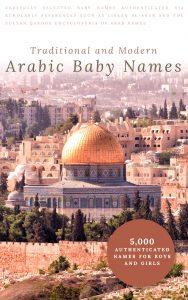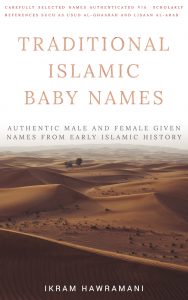Answer
This is an official answer by QuranicNames.com Staff
Anhaar is another spelling of the boy and girl name Anhar which means River. They are the same name and have the same meaning and pronunciation. Both spellings are acceptable. For more details on this name and its pronunciation see: Anhar


